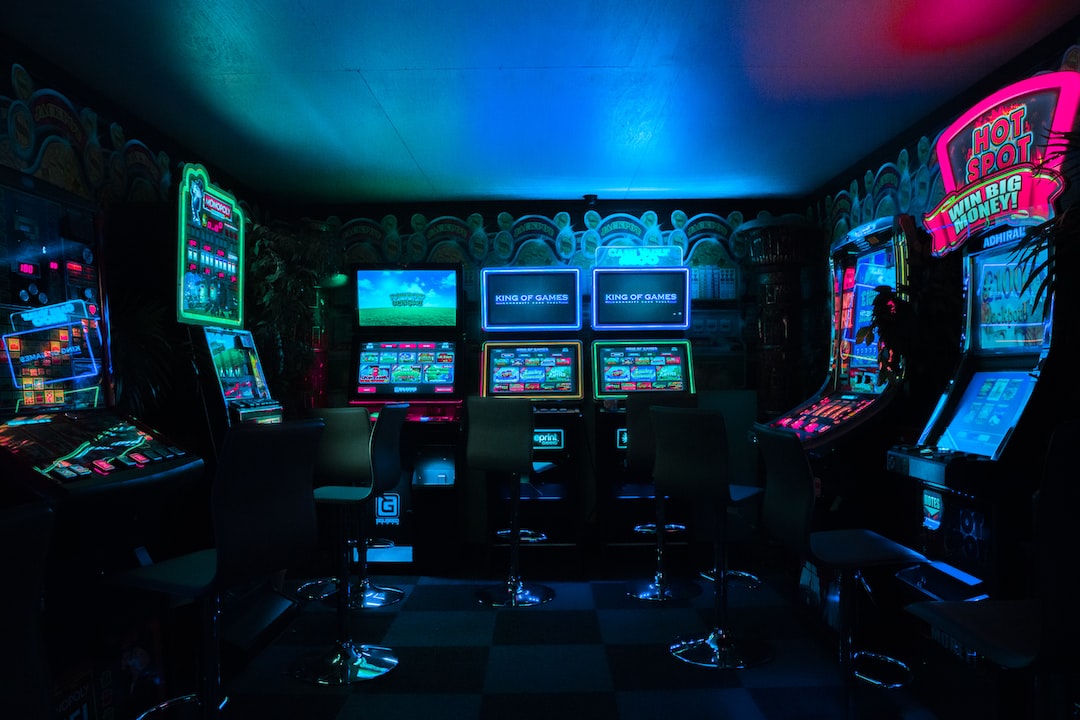From Concept Art to Game World: Behind-the-Scenes of Game Development
The mesmerizing worlds we roam in our favorite video games don’t simply emerge out of thin air. Before the gripping gameplay, outstanding graphics, and immersive environments come to fruition, they begin as a mere idea in the form of concept art. This visual representation serves as the foundation for the game world and is a crucial step in the creative process of game development. In this blog post, we’ll delve into the behind-the-scenes journey of transforming concept art into a fully-fledged, awe-inspiring game world.
Concept art is the initial step where imagination meets visualization. Talented artists with a keen eye for detail and an understanding of the game’s vision bring this concept to life on paper, digitally or through traditional mediums like paints and pencils. These artists work closely with the game designers to convert their vision into a tangible form that can be shared with the rest of the development team. This art serves as a guiding light throughout the development process, ensuring that everyone involved is on the same page when it comes to the look and feel of the game.
The concept art acts as the blueprint for the game world, determining aspects such as setting, characters, objects, and aesthetics. The artists meticulously craft every element, from the flora and fauna to the architectural design. This level of detail is essential as it sets the tone for the entire game, allowing the developers to gauge how the players will interact and engage with the virtual universe.
Once the concept art is finalized, the next crucial step is turning it into the game world. This process involves a collaborative effort between a range of specialists, including graphic designers, 3D modelers, level designers, and programmers. Each of these professionals brings their expertise to the table, working closely together to create a cohesive, seamless gaming experience.
Graphic designers utilize software like Photoshop to translate 2D artwork into digitized assets that can be manipulated within the game engine. They ensure that the colors, textures, and lighting accurately represent the atmosphere portrayed in the concept art. This attention to detail is what breathes life into the game world, making it a visually stunning experience.
The 3D modelers take on the task of transforming the static concept art into three-dimensional objects that interact with the player. They use specialized software like Maya or Blender to sculpt and mold these objects into their final forms, ensuring they remain true to the artist’s original vision. From characters to vehicles to buildings, these models are a crucial component of creating an immersive game world.
Level designers are responsible for bringing the game world to life. They take the 3D models and place them within a virtual environment, meticulously crafting each level to ensure an engaging experience for the player. The level designers consider factors such as the flow of gameplay, placement of objects, and strategic positioning of obstacles to provide an optimal gaming experience. Their expertise in creating well-designed levels elevates the overall immersion of the game.
Finally, the programmers come into play to give life to the game world. They utilize programming languages like C++ or Python to write the code that brings all the elements together – from character movements to physics simulations. Their role is crucial in ensuring that the players can seamlessly explore and interact with the carefully crafted game world.
The journey from concept art to a fully-realized game world is a testament to the dedication and collaboration of the game development team. It requires a perfect balance of creativity, technical skills, and a shared understanding of the game’s vision. Behind every immersive gaming experience, there is an intricate web of designers, artists, and programmers who work tirelessly to transform abstract concepts into breathtaking realities.
So, the next time you venture into a thrilling video game world, take a moment to appreciate the thought, effort, and talent that goes into creating these digital realms. From the first strokes of a concept artist’s brush to the complex coding of a programmer, the journey from concept art to game world is a testament to the limitless possibilities that can be achieved when creativity and technology collide.

